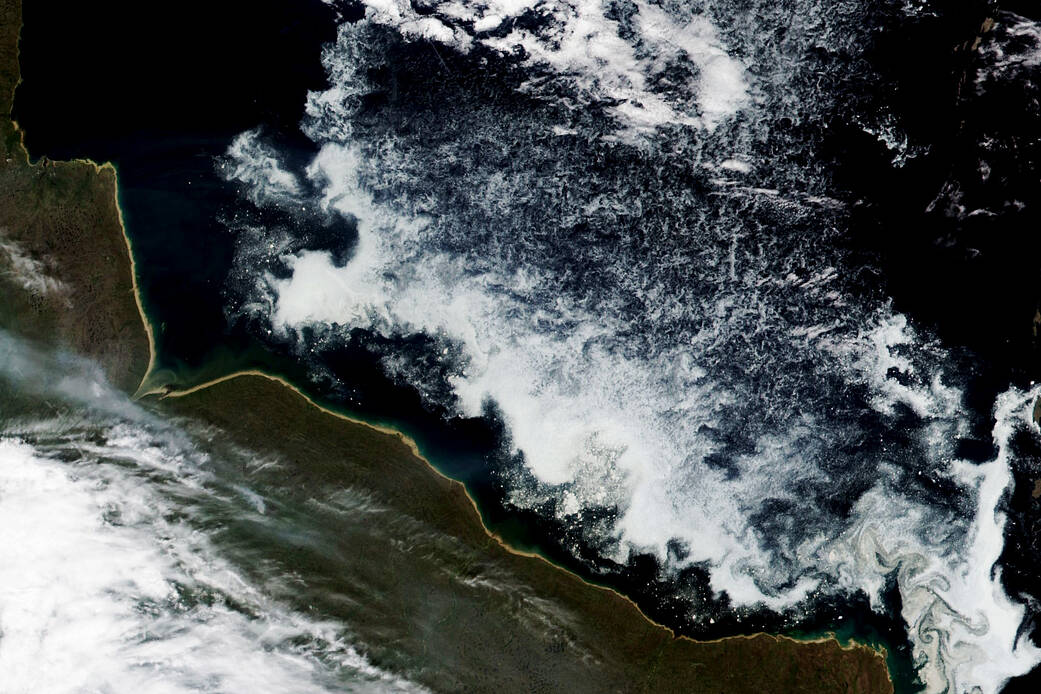The Visible Infrared Imaging Radiometer Suite on the National Oceanic and Atmospheric Administration’s NOAA-20 satellite captured this image of fragmented ice in Hudson Bay on June 28, 2023. The sea ice typically melts away between June and August, and the bay begins to freeze over again in late October or November.
The ebb and flow of ice and its distribution play a vital role in the lives of many animals, especially polar bears. When there is ice in the bay, polar bears head out to hunt for ringed seals and other prey. When the ice melts, the bears retreat to shore, where they fast or feed on whatever bits of food they can find until the ice returns.
Warm weather in early June 2023 accelerated Hudson Bay’s ice breakup, according to data from the Canadian Ice Service. This left much of the bay with less ice than usual by the end of the month, especially in the western and central parts of the bay.
Image Credit: NASA/Wanmei Liang; NOAA
2023年6月28日,美国国家海洋和大气管理局的NOAA-20卫星上的可见红外成像辐射计套件在哈德逊湾拍摄了这张碎冰的图像。海冰通常在6月到8月之间融化,海湾在10月下旬或11月再次结冰。
冰的涨落及其分布在许多动物的生活中起着至关重要的作用,尤其是北极熊。当海湾有冰时,北极熊会出去寻找环斑海豹和其他猎物。当冰融化时,北极熊会撤退到岸边,在那里它们会禁食或吃任何它们能找到的食物,直到冰回来。
根据加拿大冰层服务的数据,2023年6月初的温暖天气加速了哈德逊湾的冰层融化。这使得海湾大部分地区的冰在月底比往常少,特别是在海湾的西部和中部。
影像来源:NASA/Wanmei Liang; NOAA







